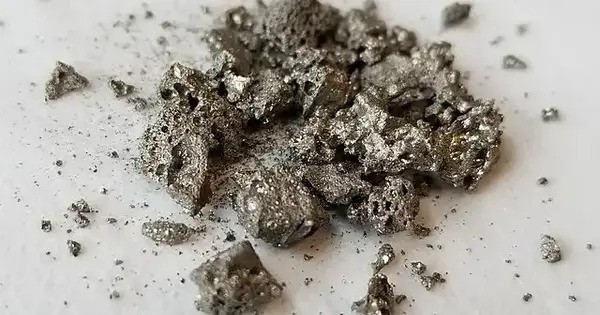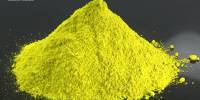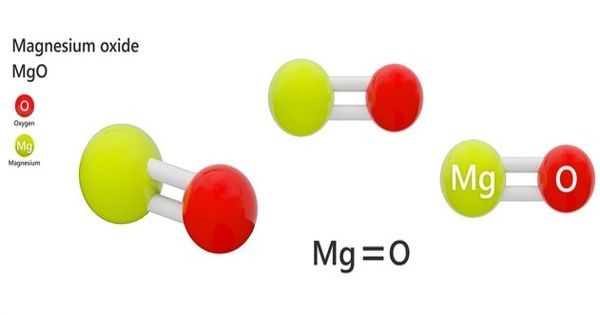Cobalt(II) selenide is an inorganic compound with the chemical formula CoSe. It typically appears as a dark gray or black powder and is used in various applications, including as a semiconductor and in battery technologies. The mineral form of this compound is known as freboldite. Similar minerals include trogtalite (CoSe2) and bornhardtite (Co2+Co3+2Se4).
Due to its semiconductor properties, cobalt(II) selenide can be used in photovoltaics, photodetectors, and other electronic devices. It’s also studied for its potential in thermoelectric applications.
Properties
CoSe typically forms a crystalline structure and is characterized by its black or dark gray color. It has semiconducting properties, making it of interest in various electronic applications.
- Chemical formula: CoSe
- Molar mass: 137.89 g/mol
- Density: 7.65 g/cm3
- Melting point: 1,055 °C (1,931 °F; 1,328 K)
- Solubility in water: Insoluble
Synthesis
It can be synthesized through several methods, including direct combination of cobalt and selenium at high temperatures or through chemical reactions involving cobalt salts and selenium-containing compounds.
Preparation
Cobalt(II) selenide can be prepared by placing cobalt selenite in 10% sodium hydroxide solution, stirring it, and adding it drop by drop into the 10% sodium hydroxide solution of sodium thiosulfate. When the color of the reaction solution no longer changes, let it stand, filter, and use water and wash it with 5% hydrochloric acid and dry it to obtain CoSe.
Cobalt(II) selenide can also be produced by the electrodeposition reaction of cobalt(II) acetate and sodium selenite in acidic solution. When the pH is 3.5, the ratio of cobalt and selenium in the compound is closest to 1:1; too low a pH will make the compound rich in selenium, while higher The pH will be rich in cobalt.
Applications
Ag+-doped cobalt(II) selenide nanoparticles can be used as catalysts for water electrolysis. Cobalt(II) selenide materials mixed with tin selenide can be used as electrodes in dye-sensitized solar cells.
- Semiconductors: CoSe is studied for its electronic properties in thin-film applications.
- Catalysts: It can serve as a catalyst in chemical reactions, particularly in hydrogen evolution.
- Materials Science: Investigated for its potential use in thermoelectric materials.
















